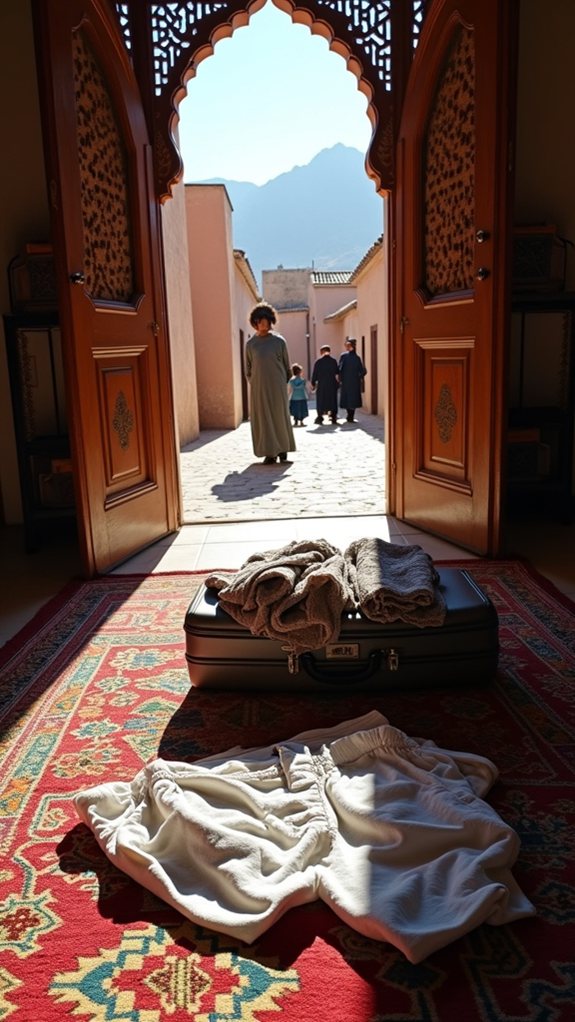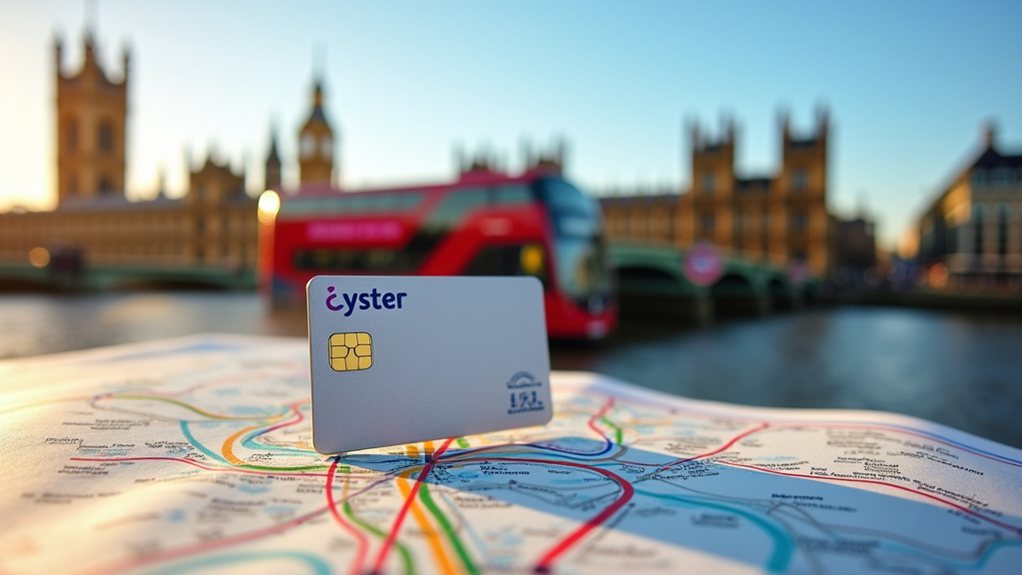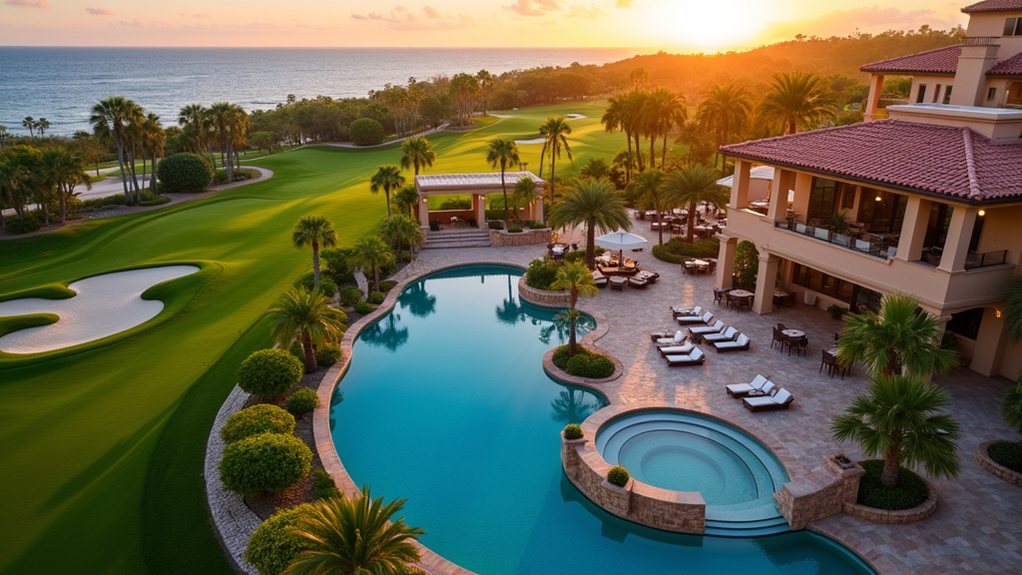Tourists stepping off planes in Marrakech or Casablanca often bring suitcases packed with vacation necessities that quickly prove problematic in Morocco’s cultural landscape. They don’t realize that what’s acceptable at home might draw unwanted attention in this North African kingdom, where the concept of “ḥishma,” or modesty, still guides many social interactions. While the djellaba-clad locals navigate the medina comfortably in 95°F heat, foreign visitors in revealing outfits find themselves battling both sun exposure and curious stares. What other cultural missteps await the unprepared traveler?
Respecting Moroccan Dress Culture Without Sacrificing Comfort

While Morocco doesn’t enforce an official dress code, understanding the country’s cultural nuances can greatly enhance your travel experience. Many tourists arrive with suitcases full of summer shorts and tank tops, only to realize that these clothing choices attract unwanted attention in public spaces, particularly away from beach resorts. The reality is that Morocco blends traditional Islamic values with modern influences, creating an unspoken dress expectation that varies considerably between bustling cities and traditional villages.
Pack wisely for Morocco—modest dress shows cultural respect and prevents unwanted attention, especially outside tourist zones.
In cosmopolitan areas like Marrakech and Casablanca, locals often sport contemporary fashion, but even here, modesty remains the guiding principle. Men typically wear long pants rather than shorts, except in clearly marked tourist zones, while women generally keep shoulders and knees covered. One frequent mistake tourists make is failing to pack layers—Morocco’s climate can shift dramatically from scorching afternoons in the medina to chilly evenings in the Atlas Mountains, sometimes within the same day. Remember there is no specific dress code for men, though respecting local customs is still advisable when touring historic or religious sites.
Women travelers face particular challenges when addressing Morocco’s dress expectations. Comfortable, loose-fitting clothes that cover shoulders and fall just above the knee work well in most situations. Loose and breathable fabrics are ideal choices that provide both comfort in the heat and align with cultural expectations of modesty. Many experienced travelers recommend leggings paired with longer tunics, which provide both comfort and cultural sensitivity. When visiting mosques or rural communities, carrying a lightweight scarf can be invaluable for additional coverage. Women should consider covering their heads with modest scarves when entering religious sites to show respect for Islamic traditions.
The contrast between urban and rural dress expectations often catches tourists off guard. What’s perfectly acceptable in Casablanca might draw uncomfortable stares in a small Berber village. Locals appreciate visitors who make efforts to respect cultural norms, often responding with increased warmth and hospitality. Like in Dubai where severe penalties exist for public intoxication, Morocco also has cultural expectations that should be respected to avoid uncomfortable situations.
Practical considerations matter too—Morocco’s terrain demands sturdy, comfortable footwear rather than flimsy sandals. Thin cotton clothes work best in hot weather, while a light jacket is crucial for cooler evenings.






